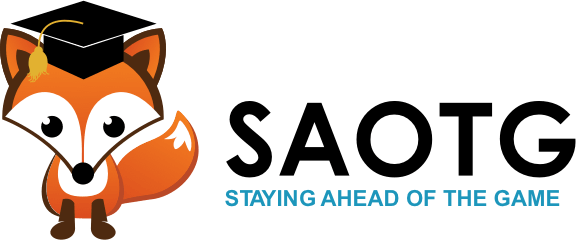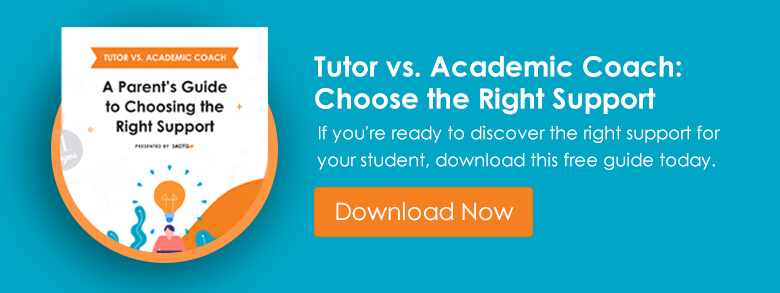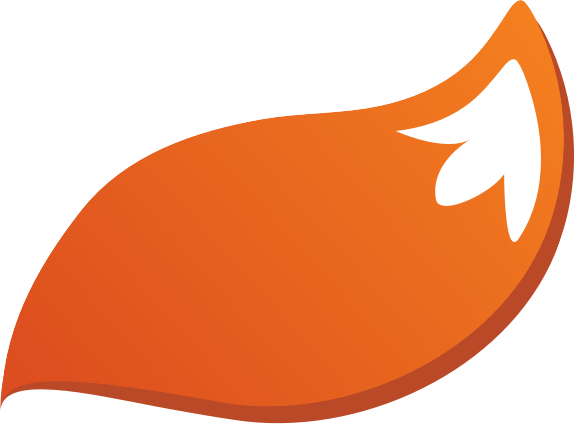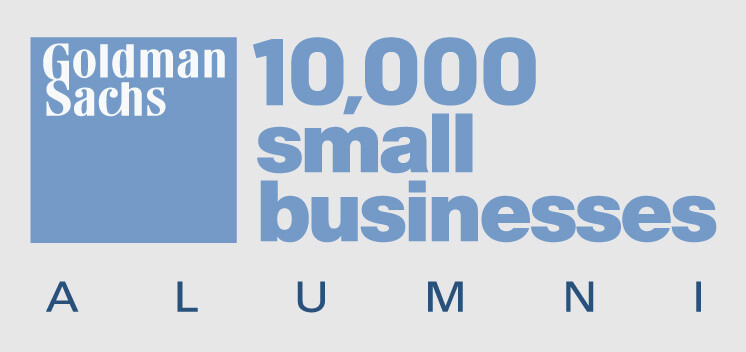Picture this: you settle into your desk with a clear plan to study for at least an hour. Your laptop is open, your notes are neatly arranged, and your water bottle is within arm’s reach. You feel ready. A few minutes later, a message from a friend pops up at the corner of your screen. You read it, reply, and then think, “Well, let me check just one more thing before getting back to work.” Suddenly, you find yourself on social media or watching random videos, and before you know it, twenty minutes have vanished.
This cycle repeats itself across households and campuses everywhere. Checking social media becomes a reflex rather than a choice, and a single vibration or phantom vibration from a smartphone can derail even the most determined learner. Consequently, technology tends to blur the lines between meaningful study time and casual browsing.
To be clear, technology isn’t inherently bad—it’s just that many of us use it mindlessly. Instead of labeling technology as the villain, the more effective approach is to establish solid, mindful boundaries that capitalize on the best aspects of our digital world without succumbing to its many distractions. When properly constrained, the same devices that feed us endless distractions can become invaluable tools for improving study routines, enhancing organization, and fueling a stronger grasp of complex academic concepts.
Overcoming Distractions for Deeper Focus
It’s no secret that our brains aren’t built to multitask at the level modern technology demands. Jumping from social media feeds to essay drafts creates mental friction and disrupts concentration. The key to restoring focus is acknowledging that technology can be a source of friction if left unchecked. Awareness boosts intention. By understanding how your devices hijack your attention, you can wrestle back control of your time and mental energy.
Embracing device-free study intervals is one of the simplest methods to cultivate deeper focus. Even a short twenty-five-minute block of uninterrupted work can yield remarkable progress on a reading assignment or complex math problem. During these intervals, everything nonessential—like your phone, a secondary browser tab, or even a streaming service minimized in the background—needs to be put on hold. When students consistently enforce these “all-in” windows of study, they not only complete tasks faster but also develop more confidence in their ability to concentrate. After the interval, it’s perfectly fine to take a short mental break or respond to important messages, but the difference is that these pauses become intentional rather than impulsive. Over time, building the habit of purposeful breaks rather than random digital detours significantly boosts both productivity and comprehension.
Harnessing Tech as a Study Ally
Still, technology has a proper time and place. There are plenty of tech tools that elevate a student’s learning process, often in ways that textbooks alone cannot. Online flashcard systems offer self-testing and spaced repetition, allowing students to target weak areas and reinforce strong ones. Educational videos illustrate challenging concepts through visuals and step-by-step explanations, making tricky subjects more approachable. Digital note-taking apps house all materials in a single, organized location, reducing the chance of misplacing essential study guides or scribbled notecards.
The trick is not to reject technology but to make a conscious choice about which platforms serve academic goals and which do not. For instance, using a study app that tracks your progress across various subjects can be an excellent motivational tool. You watch your scores, times, and achievements grow, fueling the drive to keep improving. Yet if you open the same device and spend thirty minutes exploring social media posts or random memes, those educational apps get overshadowed. Recognizing this pattern can be a game-changer: it allows you to plan how to engage with each device or application, setting time boundaries for leisure browsing and prioritizing the tools that genuinely enrich your education.
Though some people possess the willpower to resist their phones and laptops during critical study sessions, others benefit from external help. App blockers and website limiters remove access to online temptations for a specified period, leaving you no choice but to stay on task. Installing a simple browser extension can prevent twenty-minute “just checking” sessions from spiraling into an hour of reading irrelevant newsfeeds or watching cat videos. Using technology to regulate technology may feel ironic, but it is often exactly what’s needed to stay on track. After all, we use the brakes and cruise control in our car to regulate the same car’s power and speed. Meanwhile, physically placing devices out of reach or enabling “Do Not Disturb” can be just as powerful—especially if you’re prone to reflexively checking every notification.
Online collaboration platforms are another way to channel technology into a positive force. Working on a shared document with classmates can transform what would have been a tedious, solitary assignment into a dynamic group effort. You can discuss different angles on a tricky math problem, brainstorm ideas for a class presentation, or share annotated research articles—all in real time. That convenience can free you up to focus on depth rather than logistics. Instead of sending files back and forth via email, you’re collectively building a central repository of knowledge that stays updated as everyone contributes. Properly managed, these digital collaborations can become a powerful booster for productivity and understanding.
Recognizing that not everyone is distracted by the same platforms is just as important. While one student may instantly lose track of time scrolling through a social networking site, another might spend hours on gaming apps or streaming platforms. Self-awareness is crucial: by monitoring screen-time reports or reflecting on which apps consistently pull your attention, you can craft a strategy that addresses your specific stumbling blocks. When you pinpoint that your biggest time sink is a social media app, setting daily limits or uninstalling it during finals week might be the wisest course of action.
Designing Your Routine for Success
Creating and refining a tech-savvy study routine is an ongoing process, not a one-time fix. A strong routine begins with clarity about your goals, whether that’s finishing a reading assignment, studying for a quiz, writing an essay, or learning a new language. Before powering up any device, identify what you need to accomplish in that session. Decide on a realistic deadline or milestone, such as reading two chapters or completing five math problems, and commit to it. Tying your goal to a specific block of time helps build momentum.
During study sessions, some students thrive using a well-known time-management method that focuses on manageable intervals of intense work separated by short breaks. Let’s say you plan to work for thirty minutes straight, fully immersing yourself in the material. Then you reward yourself with a quick walk outside, a brief call to a friend, or even a light snack. The key is to avoid drifting into mindless scrolling in that break window. If you realize you need your laptop for research or note-taking, open only those sites and apps pertinent to the task at hand. If you catch yourself wandering into less relevant territory—like searching for a funny video—pause and redirect your attention back to the goal you initially set.
For students whose assignments might require multiple online resources, maintaining an organized tab system can help. Open only the reference materials and documents you genuinely need. Resist the urge to keep personal communication channels or online entertainment tabs open. If an unexpected curiosity arises that doesn’t relate to your current assignment, jot it down on a separate paper for later exploration. This way, you don’t lose track of those interesting ideas or news stories, but you also don’t let them derail your focus. Small habits like this develop into a disciplined mindset over time, minimizing the mental clutter that often accompanies a study session on a connected device.
Overconfidence can sometimes creep in, especially if you’ve been successful at resisting distractions for a while. You might think, “I’ve been good all week, so checking one video can’t hurt.” That’s when a few minutes turn into half an hour, and your efficiency is lost. Recognizing this cycle allows you to stay vigilant. Good digital boundaries aren’t about being perfect every time; they’re about acknowledging your vulnerabilities and taking practical steps to safeguard your study space from disruptions. A top athlete doesn’t relax her training discipline just because she performed well last week, and a student striving for excellence shouldn’t drop digital guard rails just because they’ve managed a few stellar study sessions.
Some individuals find that journaling about their study progress each day helps them remain accountable. They record how much time was spent effectively working, how often they checked their phones, and what apps proved most distracting. Over a few weeks, patterns often emerge, and students can adjust digital boundaries accordingly. For instance, if your phone consistently steals your attention, you could remove it from the room during certain hours. If you discover that the biggest problem occurs at night, schedule your toughest or most important study tasks earlier in the day when your willpower might be stronger.
Transforming Tech into an Academic Asset
Technology is wonderful when we use it on our own terms. Rather than allowing apps and websites to dictate how we spend our days, we dictate which digital tools get our precious minutes and mental energy. Students who set up internet blockers or do-not-disturb features find that it’s easier to dive deep into a history text or a chemistry worksheet because their environment is structured for success. Over time, they develop greater discipline and actually begin to enjoy the flow state that occurs when outside chatter dies down. Their thoughts become clearer, their study sessions become more rewarding, and their grasp of challenging subjects strengthens noticeably.
Adopting this perspective requires a shift in mindset. Instead of viewing technology as a potential threat to productivity, imagine it as a high-powered tool that just needs the right operational manual. When students decide which apps to keep on the home screen and which ones to bury or uninstall, they are choosing which software influences their day-to-day life. Similarly, adopting a minimalistic approach to browser tabs, unsubscribing from spammy newsletters, or turning off push notifications sets the stage for more meaningful engagement with the digital realm. Little by little, those small choices add up, forging a healthier, more balanced relationship with technology.
Realistically, there will be days when an interesting social media post pulls you away from your essay, or a funny video brightens up your break a bit longer than planned. The goal, however, is progress rather than perfection. With every small improvement in your digital boundaries, you create a more controlled, stress-free environment for your academic pursuits. Rather than feeling guilty about occasional slip-ups, see them as reminders of why boundaries matter in the first place.
If you want to discover more ways to optimize your study habits, organize your time, and enhance your academic performance, explore our other blogs for deep dives into note-taking methods, memory hacks, and goal-setting strategies. You can also learn about our personalized tutoring and academic coaching services, designed to help you achieve the focus and success you deserve. Embrace the power of well-managed technology and watch as your study sessions become more productive, your confidence soars, and your educational experience takes on a new level of satisfaction and depth.







